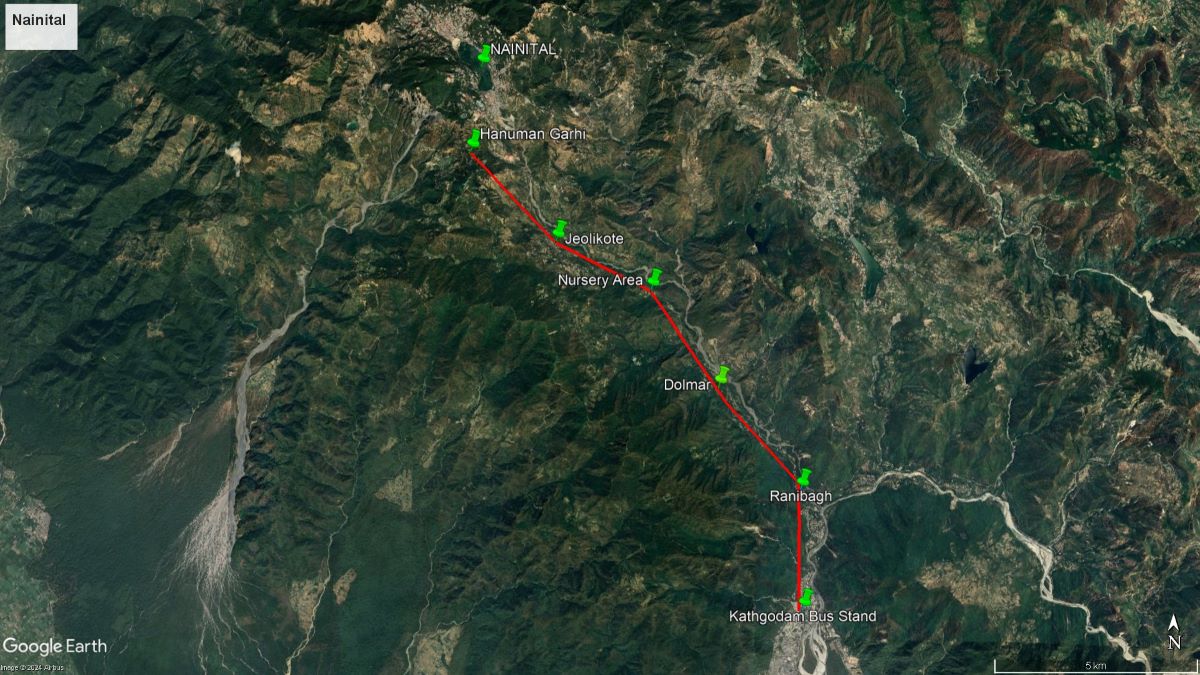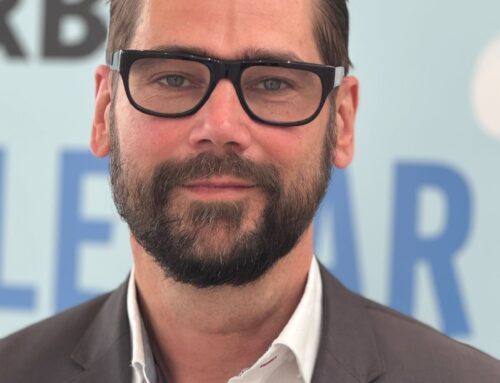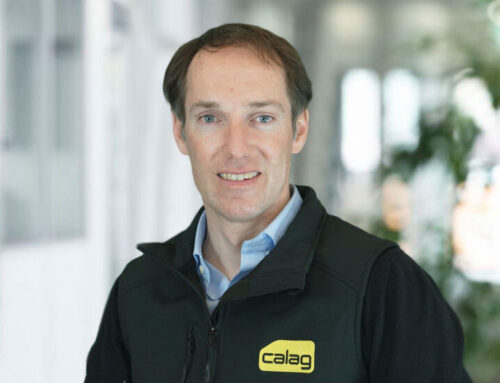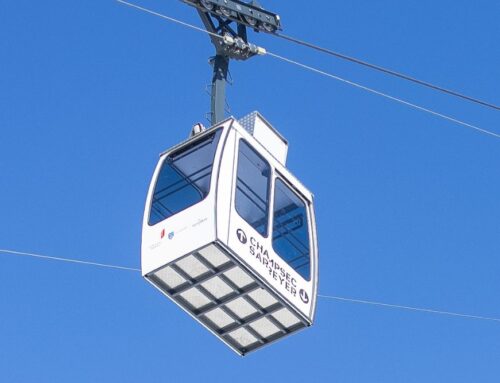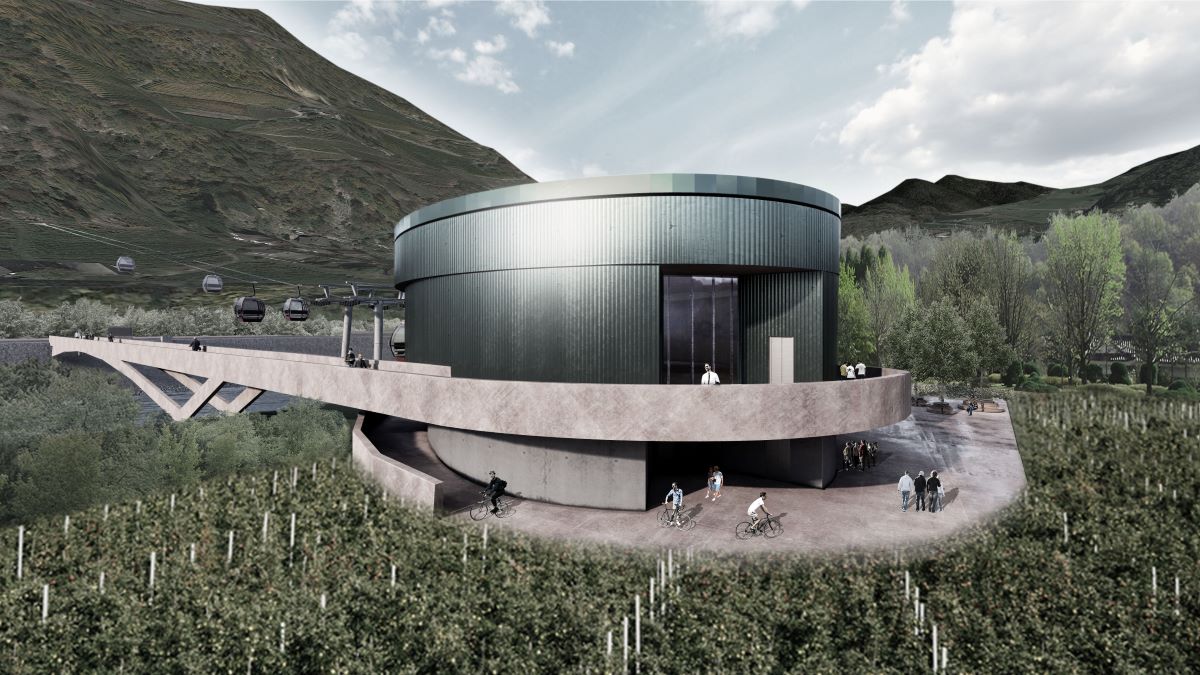
Cities, SI Urban 2/2024
Cable car in package
The west-german city Duisburg is currently developing new cityquarter. This requires a well thought-out transport concept that makes an active contribution to promoting a sustainable urban mobility transition.
A cable car is to effectively link central areas of the city and connect the new neighbourhoods with each other. It will also significantly reduce car traffic in these neighbourhoods
“As the project developer, GEBAG commissioned us, the ROPEWAY PROJECT GROUP, to analyse the technical feasibility – including cable line calculations, as well as the location and number of stations and supports,” reports Stephan Obexer.
His team has extensive experience in analysing urban cable car projects, including the feasibility study for the ‘Rheinpendel’ in Cologne (see more article here).
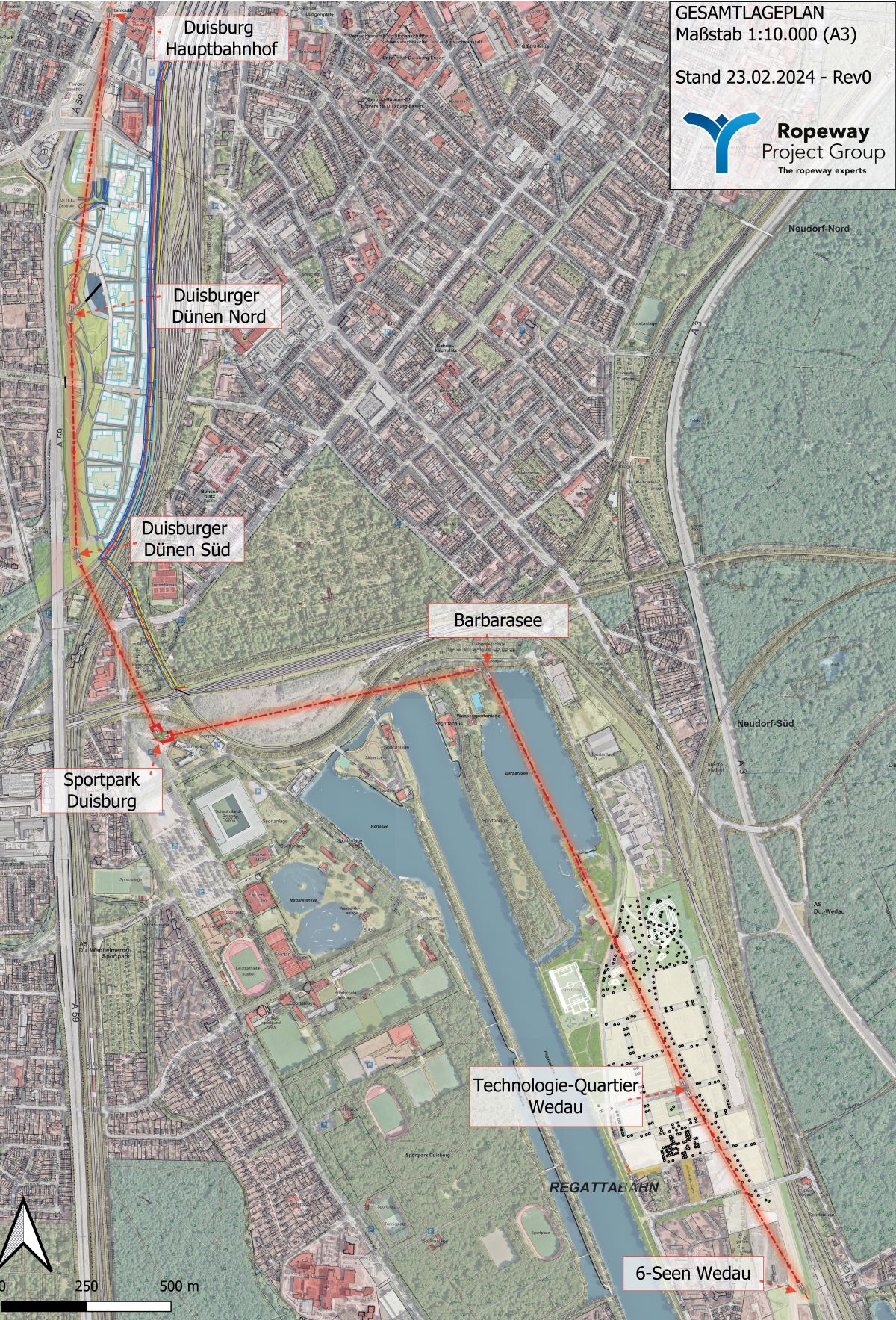
Route
of the cable car in Duisburg
The proposed route in Duisburg stretches over 5.2 km from the main railway station to the future stop of the Ratinger West line at the 6-Seen- Wedau project area, with stops at the Duisburg dunes, Duisburg Sports Park and the Wedau Technology Quarter.
In a further step, the ROPEWAY PROJECT GROUP calculated the costs of the cable car and developed the design of the stations, the route variants and possible extensions.
“As a network of different experts, we can cover all phases of a cable car project as planners and consultants, from studies and plans to architecture and construction through to energy management. It‘s like an all-round carefree package for small and large cable car projects,“ emphasises Alexander Dorfmann.
Technical data:
Cable car Duisburg
| Type | 2 sectionen 10MGD |
| Stations in total | 7 |
| Horizontal length | 5,197 m |
| Height difference | 4,4 m |
| Capacity | 1,500 p/h |
| Speed | 7 m/s |
| Cabins | 94 |
Cost-benefits analysis in Cottbus
The Ropeway Project Group is currently supporting the preparation of the standardised assessment of the cable car project in Cottbus in Germany. The planners are analysing the cost-benefit ratio of the project in order to assess the extent to which the installation would be eligible for funding.
The standardised assessment follows on from a feasibility study that was carried out three years ago.
A cable car is planned from the main railway station to the new harbour centre on Cottbus‘ Baltic Sea. The human rights centre, the Cottbus exhibition centre and stadium, the Sandower Dreieck area, the district on Dissencher Straße and the Seevorstadt district will be connected to the transport system on the Plus 1 level via intermediate stations.
Technical data:
Cable car Cottbus
| Type | 2 sections 10MGD |
| Stations in total | 7 |
| Horizontal lenght | 5,804 m |
| Height lenght | 4,9 m |
| Capacity | 1.500 p/h |
| Speed | 6 m/s |
| Cabins | 111 |
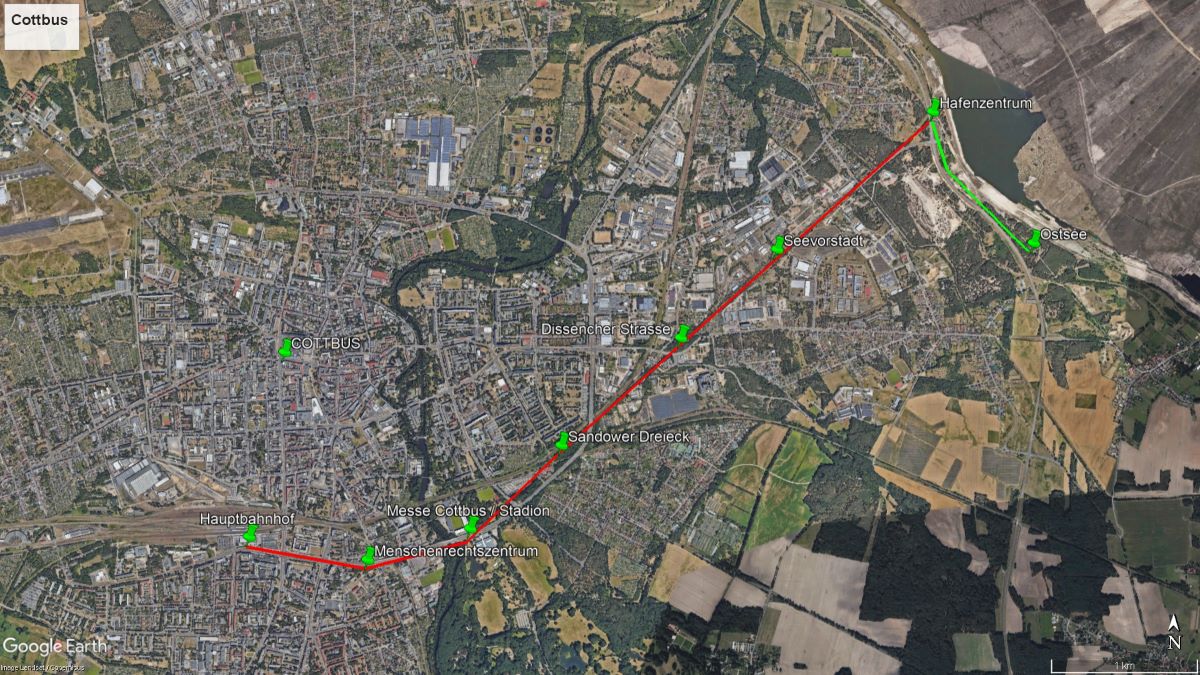
Feasibility study in Klausen
The ROPEWAY PROJECT GROUP not only undertakes projects in large cities, but also in rural areas. The best example of this is the Klausen- Latzfons cable car in South Tyrol (Italy).
There, the engineers examined the technical and economic feasibility of an urban cable car between the town of Klausen and the villages of Verdings and Latzfons. The cable car with a return station is intended to upgrade existing structures and create a mobility centre around the Klausen bus and train station.
Technical data
Cable car Klausen – Latzfons
| Type | 2 sections 10MGD |
| Stations total | 3 |
| Horizontal lenght | 3,573 m |
| Height difference | 638 m |
| Capacity | 500 p/h |
| Speed | 6 m/s |
| Cabins | 19 |
Plannings in Indien & Kirgisistan
The experts from the ROPEWAY PROJECT GROUP are also active outside Europe. They are currently planning urban ropeways in India and Kyrgyzstan.
In India‘s Nainital, a major tourist destination north of Delhi at the foot of the Himalayas, a 14-kilometre, 10-passenger monocable ropeway with five stations is to run through the valley, reducing traffic and connecting two large cities.
“As the general planner, we are currently working on the cost estimate, tendering the trades and the preliminary planning of the support foundations and buildings, among other things,“ says Obexer, who can even rely on local partners in India.
In Bishkek, the capital of Kyrgyzstan, the ROPEWAY PROJECT GROUP is developing an urban cable car in the heart of the city. This is intended to connect the university with business centres, department stores and points of interest.
This first section is to serve as the starting signal for a cable car network throughout the city.
Technical data:
Cable car Nainital
| Type | 5 sections 10MGD |
| Stations in total | 6 |
| Horizontal lenght | 14,339 m |
| Height difference | 1,375 m |
| Capacity | 2,000 p/h |
| Speed | 6 m/s |
| Cabins | 303 |
